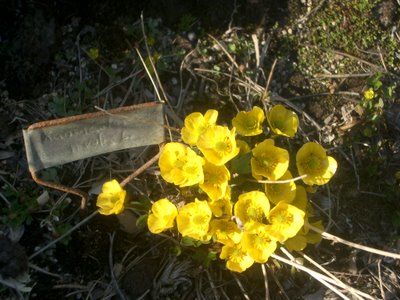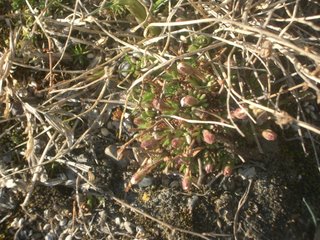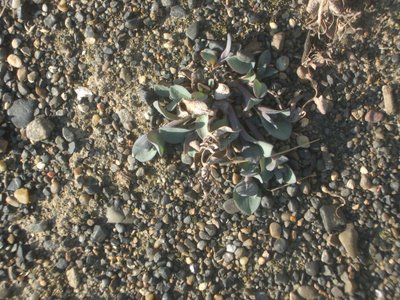
Since they track the sun (when it is out), they can be truly spectacular.

The other plants were only starting to reawaken after the winter.

The Tufted Saxifrage (Saxifraga caespitosa) had swelling flower buds,
the Sea Lungworts or Oysterleaf (Mertensia maritima) were growing new foliage,


and a couple of willows were blooming. I'm not sure of the exact species of Salix, but since just the key for Salix in Hulten's Flora of Alaska is 3 pages long, I don't feel too bad.
The longer-leaved of the willows really likes the micro-climate provided by the rock.





No comments:
Post a Comment